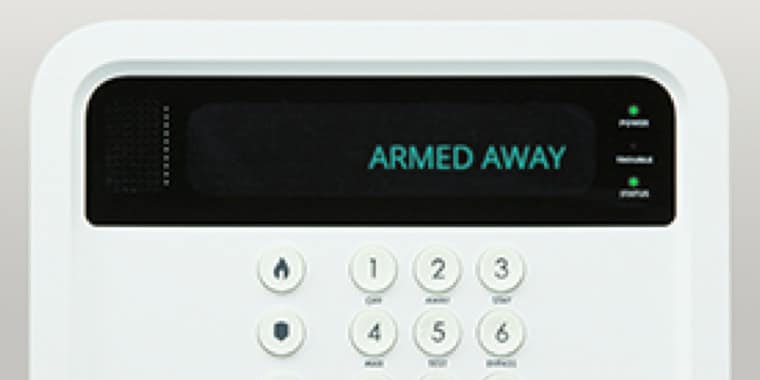False alarms can negatively impact your home and personal life, as well as affect your security provider and community. False alarm fees can cost hundreds, if not thousands of dollars. They can also create dissatisfaction with your security alarm. Police resources across the country are limited, and should never be wasted. Thousands of police and fire patrol hours are spent investigating home alarm reports that turn out to be false.
Tips for Reducing False Alarms
You can take several steps to reduce false alarms. The first is to identify their causes.
For homeowners, some common causes include:
- Using incorrect keypad codes.
- Failing to train authorized users.
- Failure to secure doors and windows once the alarm is turned on.
- Wandering pets.
- Re-entering the home just after leaving without disarming (assuming the exit delay is long enough to compensate).
- Objects hanging by or around motion detectors.
- Weak system batteries.
- Faulty equipment.
- Acts of nature (strong winds, electrical storms, etc.).
False alarms due to faulty equipment or acts of nature are rare. The single largest cause of false alarms is human error.
Once causes are identified, these steps should help reduce false alarms:
- Properly train all users (e.g., babysitters, relatives, children, visitors, etc.).
- Secure doors and windows before turning on alarm.
- Inform the monitoring center of new pass codes and arming codes, and new or removed authorized users.
- Service and maintain the system (including batteries) properly.
If there is a question as to whether or not the system is working properly, immediately contact the security provider to check the status of the system and devices.





